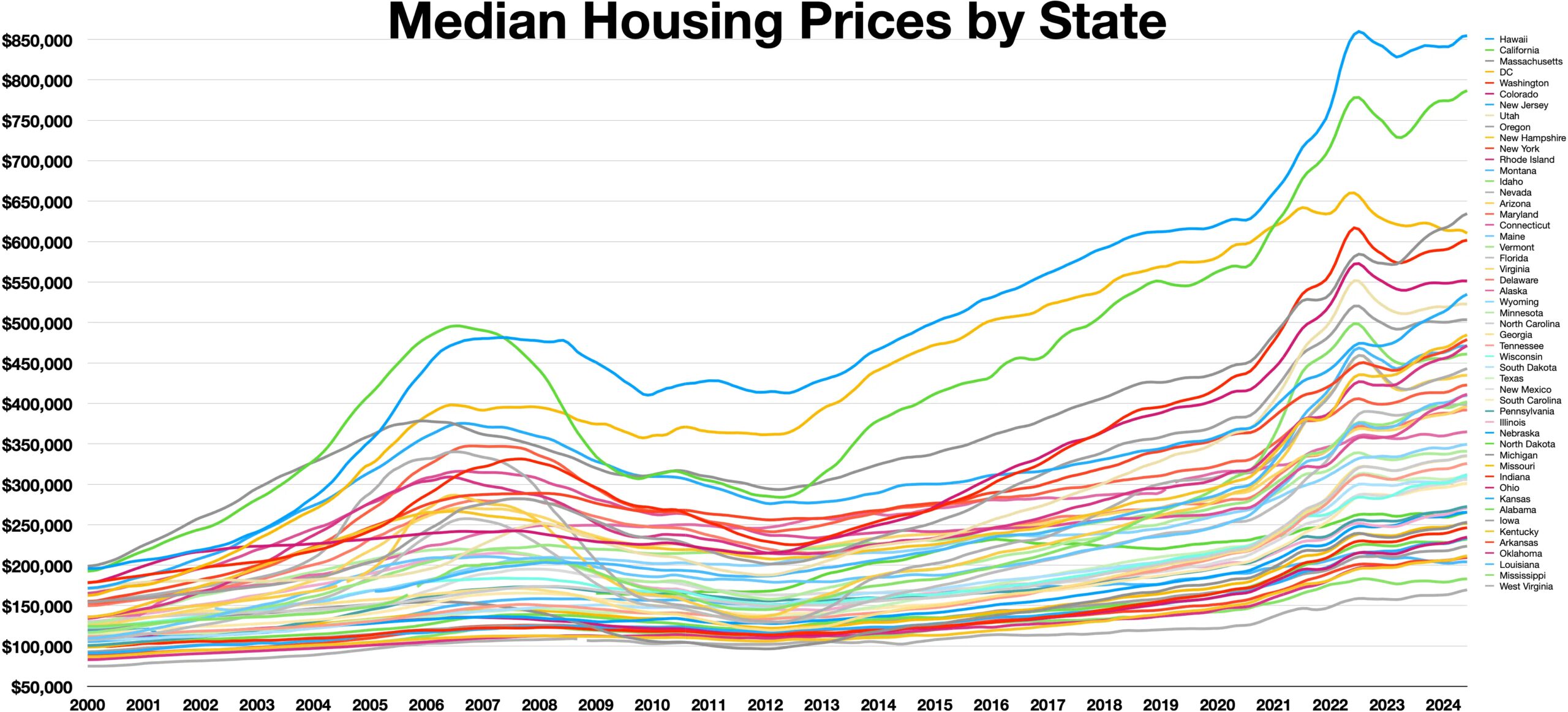Few things shape a nation’s identity as profoundly as its economic history. In the United States, each decade has brought unique challenges and innovations that have left an indelible mark on the country’s financial landscape. This article delves into ten pivotal trends that have defined the U.S. economy, each one a testament to the resilience and adaptability of the nation.
The Roaring Twenties: Economic Boom and Bust
The 1920s were a decade of unprecedented economic growth in the United States, often referred to as the “Roaring Twenties.” During this time, the nation experienced a significant increase in consumer spending and production, fueled by technological advancements such as the automobile and radio. Many Americans enjoyed higher incomes and a burgeoning stock market. However, this period of prosperity was short-lived. The decade ended with the infamous Wall Street Crash of 1929, which led to the Great Depression. It was a stark reminder of the volatility of economic boom periods and the fragility of financial markets.
The Great Depression: A Time of Hardship
The Great Depression, which lasted from 1929 to the late 1930s, was a period of severe economic downturn. It began with the stock market crash in October 1929, which wiped out millions of investors. Over the next few years, consumer spending and investment dropped, leading to steep declines in industrial output and employment. By 1933, nearly 25% of the workforce was unemployed. Families struggled to make ends meet, and many lost their savings. This era was marked by significant government intervention, including President Franklin D. Roosevelt’s New Deal, which aimed to provide relief, recovery, and reform.
World War II: Economic Mobilization and Growth
World War II transformed the U.S. economy through massive mobilization efforts. The war effort required the production of military supplies, which led to the creation of millions of jobs and effectively ended the Great Depression. Factories that once produced consumer goods were converted to produce munitions and war materials. The demand for labor led to increased employment opportunities for women and minorities. After the war, the U.S. emerged as a global economic leader, with its GDP doubling during the 1940s. The war fundamentally reshaped the American economy and laid the groundwork for future prosperity.
Post-War Boom: Suburban Expansion and Consumerism
The post-war era in the United States was characterized by rapid economic growth and a booming middle class. The GI Bill provided returning veterans with access to education and affordable home loans, contributing to suburban expansion. This period saw a rise in consumerism, with Americans purchasing cars, appliances, and new homes at unprecedented rates. The 1950s were marked by the growth of the automobile industry and the development of the interstate highway system, which facilitated suburban living. This era set the stage for modern consumer culture and economic prosperity.
The 1970s: Stagflation and Energy Crisis
The 1970s were a tumultuous decade for the U.S. economy, characterized by stagflation—a combination of stagnant economic growth, high unemployment, and inflation. This period was marked by two major oil crises, in 1973 and 1979, which led to skyrocketing fuel prices and economic instability. The U.S. faced rising costs for goods and services, and traditional economic policies proved ineffective. The energy crisis highlighted America’s dependence on foreign oil and prompted efforts to seek alternative energy sources. It was a challenging time that forced policymakers to rethink economic strategies.
The 1980s: Deregulation and the Rise of Wall Street
The 1980s saw significant changes in the U.S. economy, driven by deregulation and the rise of Wall Street. President Ronald Reagan’s administration implemented policies aimed at reducing government intervention in the economy, including tax cuts and deregulation of industries. The financial sector experienced rapid growth, with investment banking and stock trading becoming increasingly prominent. The decade was marked by corporate mergers, acquisitions, and the rise of high-profile financiers. While the economy grew, income inequality also increased, leading to debates about the impact of deregulation.
The 1990s: Technology Boom and Globalization
The 1990s were a decade of technological innovation and globalization in the United States. The rise of the internet and personal computers transformed industries and created new opportunities for businesses and consumers. Companies like Microsoft and Apple became household names, and the dot-com boom fueled economic growth. This period also saw increased globalization, with trade agreements like NAFTA expanding international markets. The U.S. economy thrived, and unemployment rates fell to historic lows. However, the decade ended with the burst of the dot-com bubble, reminding investors of the risks associated with rapid technological change.
The Housing Bubble and Financial Crisis of 2008

The early 2000s were marked by a housing boom fueled by easy credit and speculative investments. Home prices soared, and many Americans took on mortgages they couldn’t afford. The housing bubble burst in 2007, leading to a financial crisis in 2008. Major financial institutions collapsed, and the stock market plummeted. The crisis led to widespread foreclosures and a deep recession. The government’s response included the Troubled Asset Relief Program (TARP) and the American Recovery and Reinvestment Act, which aimed to stabilize the economy and prevent further collapse.
The Rise of the Gig Economy
In recent years, the U.S. economy has seen the rise of the gig economy, characterized by short-term, flexible jobs. Platforms like Uber, Airbnb, and TaskRabbit have transformed how people work and earn money. While the gig economy offers flexibility and opportunities for entrepreneurship, it also raises questions about job security and benefits. Many workers in the gig economy lack traditional employment protections, such as health insurance and retirement benefits. This trend reflects broader changes in the labor market and the increasing importance of technology in shaping employment opportunities.
COVID-19 Pandemic: Economic Disruption and Recovery
The COVID-19 pandemic has had a profound impact on the U.S. economy, leading to unprecedented disruptions in global trade, travel, and daily life. In March 2020, businesses closed, and unemployment rates soared as lockdown measures were implemented to curb the virus’s spread. The federal government responded with stimulus packages, including direct payments to citizens and support for businesses. As vaccination rates increased, the economy began to recover, though challenges like supply chain disruptions and labor shortages persist. The pandemic has prompted discussions about resilience, public health, and the future of work.


